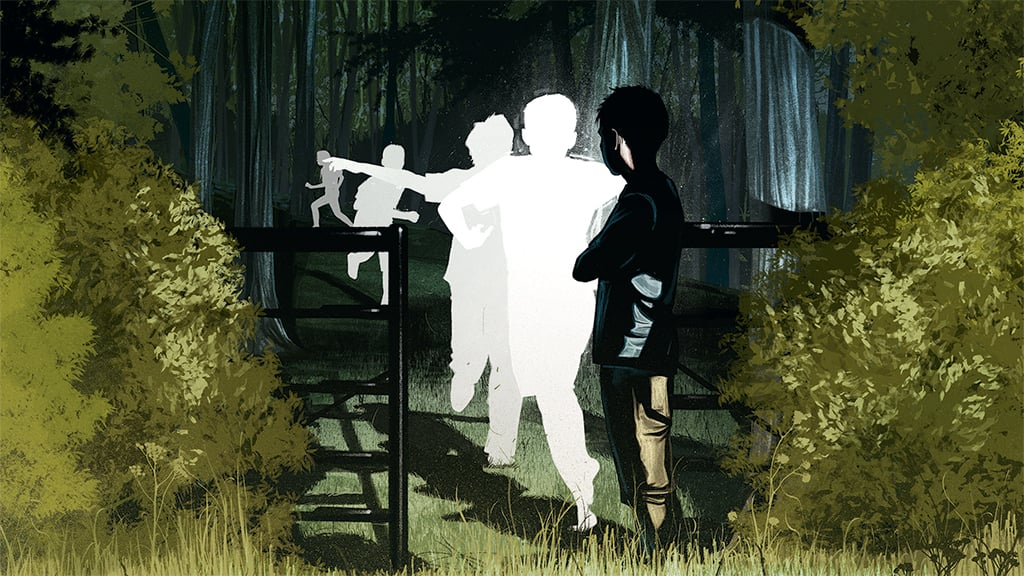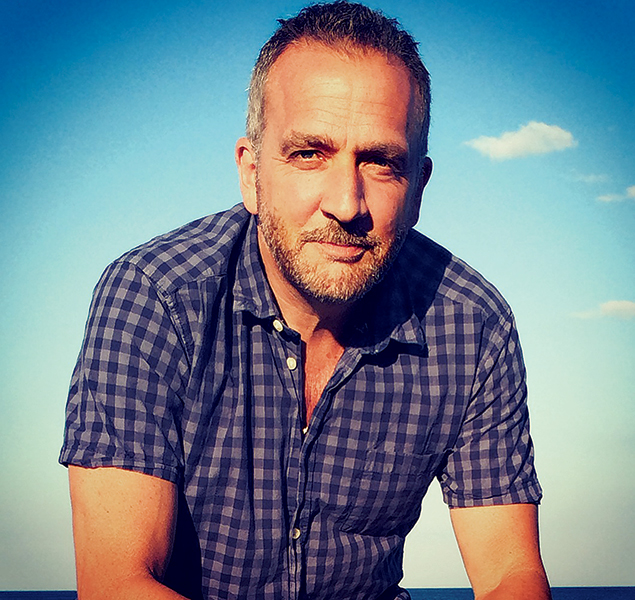P.W. Singer’s eye-opening book serves as a platform to reassess perceptions of modern warfare. In it, he expresses truths that most people would hesitate to mention out of pure distaste.
According to Singer—a fellow at the Brookings Institution—the notion of uniformed men facing off on a battlefield may be a myth. Today 75 percent of wars employ children anywhere from 7 to 17 years old, with African countries being the worst culprits. More than 300,000 children are active in fighting, and it’s hard to find a conflict where they aren’t being used.
These youngsters are trained in camps with the mentality that their purpose in life is to kill as well as to sacrifice their own lives. They’re often deployed in the most dangerous missions, resulting in massive casualties.
Child groups are sometimes given euphemistic names. In Colombia, they’re “little bells” (for being the most expendable sentries), “little bees” (because they sting the enemy), and “little carts” (because they can sneak weapons past checkpoints). The Sri Lankan Tamil Tigers call young female fighters “birds of freedom” because of their training in suicide attacks.
How did recruitment of children begin? Singer believes the answer lies more in economics than in politics. The financial cost of using children falls somewhere between very low and negligible. In Liberia, for instance, former president Charles Taylor rose to power by using a gang of children to crush the government, terrorize people, and seize valuables. In the civil war that followed, he became one of the world’s richest warlords, pulling in $400 million through illegal transactions and pillage. Advances in light weaponry along with the large number of arms left over from the Cold War likewise facilitate child exploitation.
Most of these groups forcefully pick up children from the streets and orphanages or simply raid villages. They develop criteria to determine whether a child is ready to fight; for the Sudanese People’s Liberation Army, it’s the presence of two molar teeth. Other children join out of desperation for necessities such as food and clothing. Sometimes children volunteer, as is the case with the radical Islamic group Hamas.
Singer quotes several former child soldiers, such as this 15-year-old: “My training was four and a half months. I learned how to use a compass, how to attack a police post, how to carry out an ambush, and the handling of weapons. By the end I was using an AK-47, a Galil, an R-15, mortars, pineapple grenades, M-26 grenades and taucos [multiple-grenade launchers].”
Passages like this make it clear that if there is even a little hope here, it’s that the international community won’t treat the use of children in war as atypical but as part of the larger enterprise of modern military culture.
Singer cautions that child-soldiering is more than an issue of morality or cultural differences; it has dire implications and needs a strategic mandate to counteract it. He criticizes humanitarian groups, most of whose energies, he says, go toward trying to “shame the shameless.” Instead he advocates international economic sanctions on nations and groups supportive of such a practice.
Singer successfully combines his own expertise with first-person accounts. In addition to former child fighters, we hear from soldiers who fought against them and people in refugee camps. The narrative is sometimes hampered by profuse statistics, but these data show that the author has researched the subject thoroughly. Singer also maintains a certain discretion that prevents the book from becoming sordid. Overall, it’s more than an interesting read—it’s an invaluable resource for the long term.
Author:
P.W. Singer
Publisher:
Pantheon
Price:
$25

















